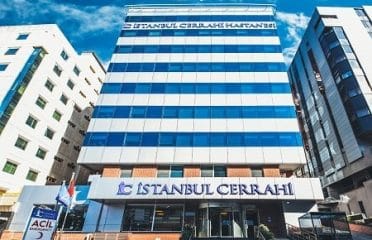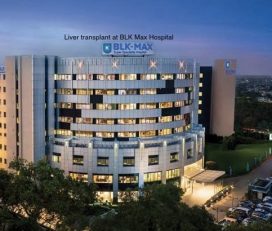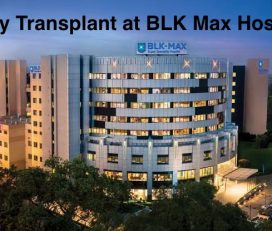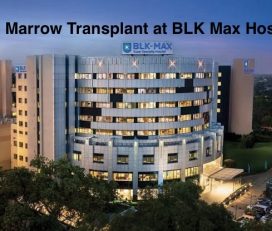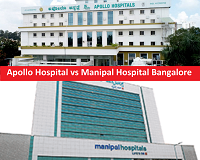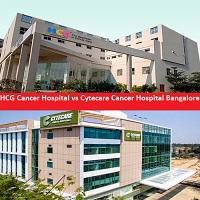
Dacryocystorhinostomy in Turkey
Dacryocystorhinostomy (DCR) surgery is a procedure that aims to eliminate fluid and mucus retention within the lacrimal sac, and to increase tear drainage for relief of epiphora (water running down the face). A DCR procedure involves removal of bone adjacent to the nasolacrimal sac and incorporating the lacrimal sac with the lateral nasal mucosa in order to bypass the nasolacrimal duct obstruction. This allows tears to drain directly into the nasal cavity from the canaliculi via a new low-resistance pathway.
Types of Dacryocystorhinostomy (DCR):
- Primary external dacryocystorhinostomy-
Advantages of the external approach include excellent success rates, reported to be up to 90-95%. A large osteotomy is created with direct visualization of lacrimal sac abnormalities, such as lacrimal stones, foreign bodies, or tumors. Direct suturing of the nasolacrimal sac and lateral nasal mucosal flaps allow for optimal apposition and primary intention healing of the flaps to create the bypass system. - Primary endonasal/endoscopic dacryocystorhinostomy- Advantages of the internal, or endonasal, approach include lack of a skin incision. This can be an option for the pediatric population or in younger patients without skin creases that could camouflage a scar. There is some evidence that endoscopic DCR may be as effective as external DCR, with high success rates.
Prognosis after DCR is excellent, with success rates up to 90-95% for the external approach.






